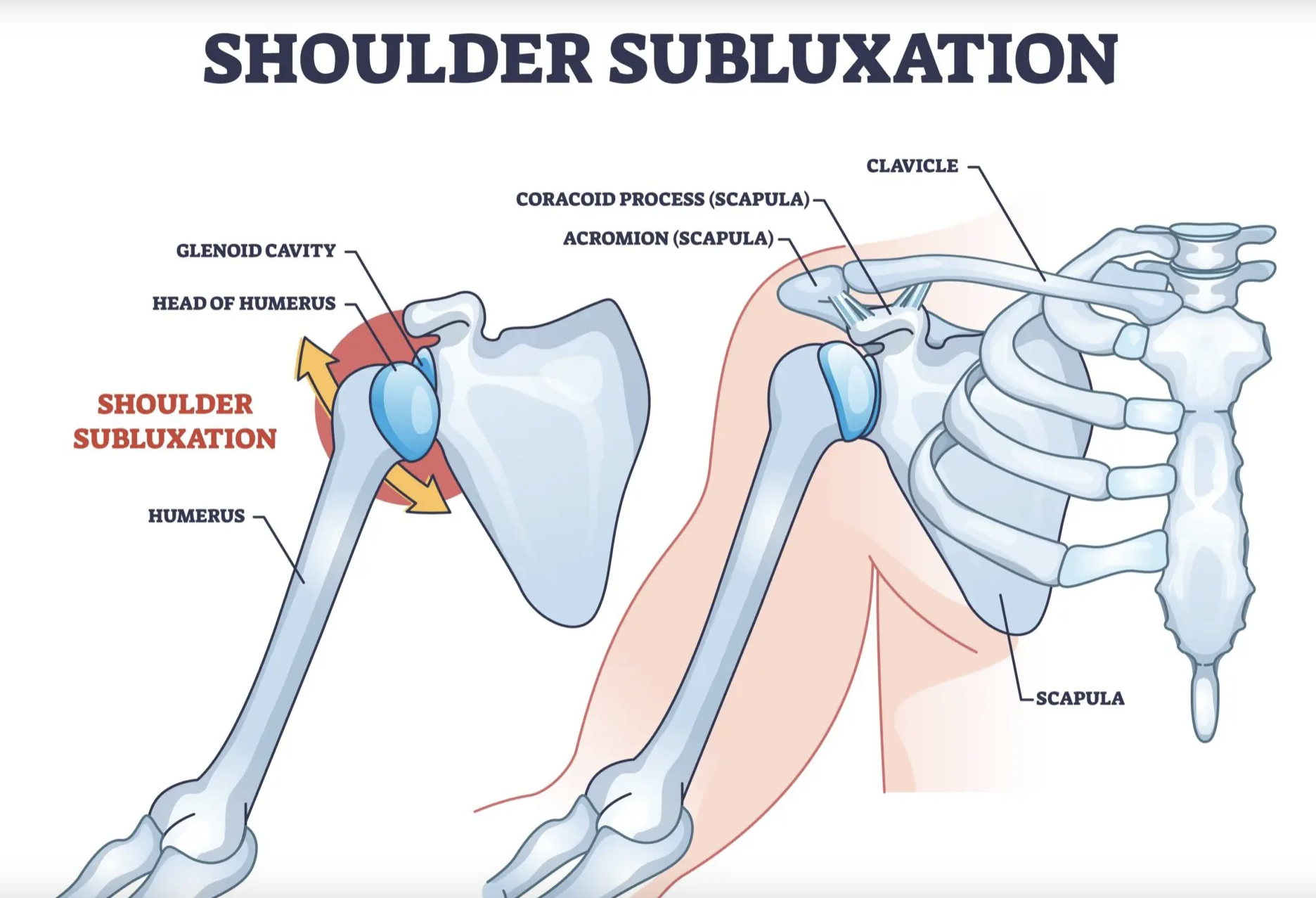Welcome to Integrative OT Insights
Here you will find resources tailored to Occupational Therapists (OTs), Certified Occupational Therapy Assistants (COTAs), and Health Care Practitioners.
Have unlimited access to 20+ blog posts for a one-time payment of $10.
New post every Sunday!
-
Just to name a few…
Resources as a New-Grad OT in the Acute Care setting
Therapeutic exercise for diagnoses in the acute care setting
Yoga for stroke rehabilitation
Documenting integrative health in OT
and much more!
-
New blog post every Sunday!
-
One-time payment for unlimited access.
Get anytime access to our growing collection of occupational therapy resources. New items added every week!
Hi, I’m Julianne. I am a licensed occupational therapist (OT) and certified as a Registered Yoga Instructor (RYT-200).
As a newly graduated OT, this website serves as a resource to explore evidence-based evaluation, treatment, and documentation ideas.
I currently work as an acute care and outpatient occupational therapist in both the hospital setting and outpatient ambulatory setting.
Stay tuned for new blog posts and free resources weekly!
-
Integrative health incorporates both complementary health approaches and traditional modalities.
-
These are non-traditional or holistic practices that may be used alongside (complementary) or instead of (alternative) conventional OT interventions. In acute care, they’re almost always complementary—used to support and enhance traditional care.
Examples:
Mindfulness and Meditation: To reduce anxiety, promote relaxation, and improve pain tolerance
Yoga or Breathwork: Modified techniques to support respiratory function or pain management
Guided Imagery or Visualization: Helps manage stress, prepare for tasks
-
When utilizing integrative health approaches in the acute care setting, the occupational therapist must select an integrative health modality that is congruent with the client’s cultural practices, priorities, or needs and that they positively affect health, well-being, and participation in daily activities.
The selected integrative modality must align with the client’s health perspectives, be safe to use, and be within the scope of occupational therapy practice.
Required to obtain the requisite training, credentials, or licensure for the specific integrative health approach included in the occupational therapy plan of care.
Must be aware of additional regulatory requirements for practice, such as licensure or certification in the scopes of practice.
The risks, benefits, and potential outcomes of occupational therapy interventions must be disclosed to clients (AOTA, 2017).
Reference
American Occupational Therapy Association. (2017). Occupational therapy and complementary health approaches and integrative health. American Journal of Occupational Therapy, 71(Suppl. 2), 7112410020. https://doi. org/10.5014/ajot.2017.716S08.
-
Acute care OT’s utilize both traditional and complementary or integrative OT interventions.
For example:
Patient Profile: 65-year-old female, post-operative hip replacement. Experiencing pain, anxiety, limited mobility.
Traditional OT Interventions:
Functional Mobility Training: Helping the patient safely move from bed to chair, begin walking with an assistive device.
ADL Retraining: Assisting the patient in bathing, dressing, and toileting with adaptive strategies.
Pain Management: Using positioning, body mechanics education, and assistive devices to minimize discomfort.
Complementary or Integrative OT Interventions:
Mindfulness & Breathwork: While performing ADL training, the OT guides the patient through deep breathing exercises to manage anxiety and reduce pain.
Guided Imagery or Visualization: Before painful or effortful tasks like sit-to-stand transitions, the OT uses short guided imagery scripts to promote relaxation and reduce anticipatory anxiety.











